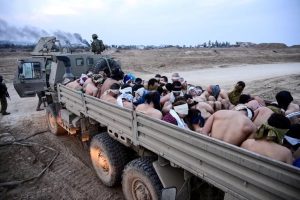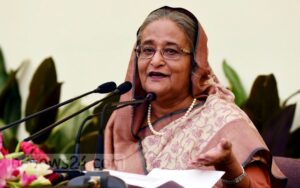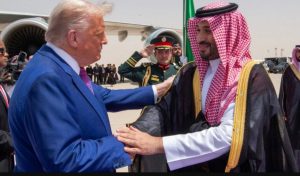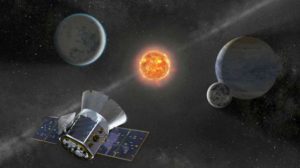exoplanets-could-help-scientists-work-out-whether-life-exists-in-other-parts-of-the-universe-ESOspaceengine.org_..jpg" />
Finding exoplanets could help scientists work out whether life exists in other parts of the universe – ESO/spaceengine.org.
Washington, 26 Ramadan 148/21 June 2017 (MINA) – NASA has announced the discovery of 219 new suspected planets outside our solar system.,independent.co.uk reported.
Also Read: Trump Considers F-35 Jet Sale to Saudi Arabia
The figure includes 10 that are “rocky” like Earth and which exist in their solar system’s ‘Goldilocks zone’, neither too close to their star, and therefore too hot, nor too far away and too cold for liquid water to exist.
The presence of water is seen as a key factor for the existence of life.
In a tweet, NASA said: “Scientists using @NASAKepler have identified 219 potential new worlds!”
The discoveries bring the total number of suspected exoplanets – planets outside our solar system – found by the Kepler space telescope to more than 4,000.
Also Read: US Special Envoy to Meet with Hamas Official
“This carefully measured catalogue is the foundation for directly answering one of astronomy’s most compelling questions – how many planets like our Earth are in the galaxy?” said Susan Thompson, a research scientist at the SETI Institute, which searches for signs of extra-terrestrial life.
How many planets like Earth in the galaxy?
And, in a statement, NASA said: “There are now 4,034 planet candidates identified by Kepler. Of which, 2,335 have been verified as exoplanets. Of roughly 50 near-Earth size habitable zone candidates detected by Kepler, more than 30 have been verified.
Also Read: UN Security Council to Vote on Trump’s Gaza Plan
The discoveries bring the total number of suspected exoplanets – planets outside our solar system – found by the Kepler space telescope to more than 4,000.
“This carefully measured catalogue is the foundation for directly answering one of astronomy’s most compelling questions – how many planets like our Earth are in the galaxy?” said Susan Thompson, a research scientist at the SETI Institute, which searches for signs of extra-terrestrial life.
“Additionally, results using Kepler data suggest two distinct size groupings of small planets. Both results have significant implications for the search for life.”
Mario Perez, a Kepler programme scientist at NASA, stressed the importance of the space telescope.
Also Read: Rashida Tlaib and 20 US Lawmakers Introduce Resolution Accusing Israel of Genocide in Gaza
“The Kepler data set is unique, as it is the only one containing a population of these near Earth-analogues – planets with roughly the same size and orbit as Earth,” he said.
“Understanding their frequency in the galaxy will help inform the design of future NASA missions to directly image another Earth.” (T/RS5/RS1)
Mi’raj Islamic News Agency (MINA)
Also Read: Trump Pledges Full US Support for Syria Under New President Ahmed al-Sharaa
Also Read: Mamdani Ready for Dialogue with Trump, as long as it Benefits New Yorkers


































 Mina Indonesia
Mina Indonesia Mina Arabic
Mina Arabic